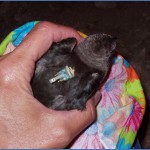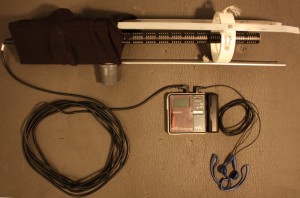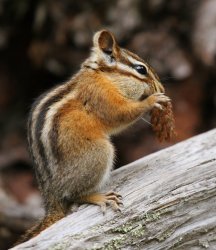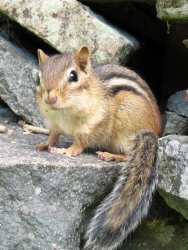Speaking of Quizzes
Jason Beason just informed me of a brand new biweekly audio quiz set up by Rocky Mountain Bird Observatory at http://rmboaudio.blogspot.com. I think this is a marvelous idea. In fact I once harbored aspirations of running an online audio quiz of my own, but now that I actually have the means to run one (via this blog), I find myself reluctant to do it. You can expect an occasional quiz like the one I just ran on crossbills, but I’m not planning on it as a regular feature.
The RMBO quiz will be the only regular, moderated bird sound quiz on the web, as far as I can tell. There are certainly automated quizzes on the web — the Patuxent Bird Sound Quiz is fun — but I don’t know of any other blog-style audio quizzes whose challenges change on a regular basis. Let me know if I’m missing any!
I find it odd that audio quizzes are so rare, but then I find it odd that photo quizzes are so rare also. I disagree with Kenn Kaufmann’s assertion that online photo quizzes are “legion.” It’s quiz photos that are legion, not photo quizzes. Anybody can post a photo of a mystery bird to the web, but it’s rare to find an outlet with the discipline to do it regularly, publish the answers with educational explanations, and keep track of the winners’ scores.
By the standard I’ve just laid out, for my money, the best moderated photo quiz in the world is Mr. Bill’s Mystery Quiz, now known as the Colorado Field Ornithologists Photo Quiz, which was started by Bill Maynard in 2003. The ABA Online Bird Photo Quiz is also venerable, dating from the same year, but it only changes monthly, which means they’ve only published 78 quizzes so far. Mr Bill is run weekly, so it’s on quiz 318, believe it or not! If these are the two best and most regular photo quizzes on the web, can it be coincidence that Tony Leukering is moderating both of them at the moment? The man is remarkable.
In addition to their audio quiz, RMBO is starting a photo quiz as well. The CFO/Mr. Bill and ABA quizzes are geared towards intermediate to expert birders, while both RMBO quizzes are going to serve easier fare. And I think that’s appropriate, especially on the sound side, since I find that sound quizzes tend to be harder than photo quizzes — particularly in the absence of information about the time and place of the recording. I look forward to seeing (and hearing) what they post!







